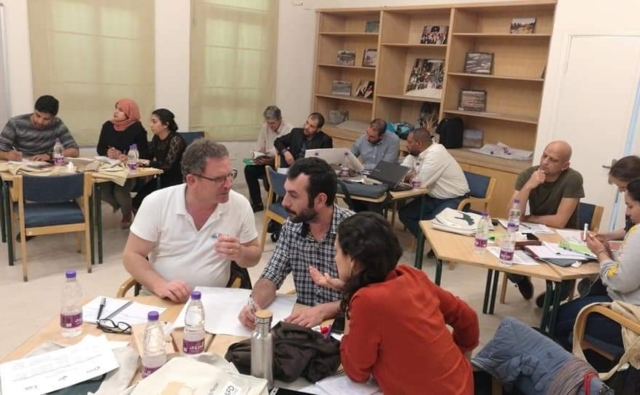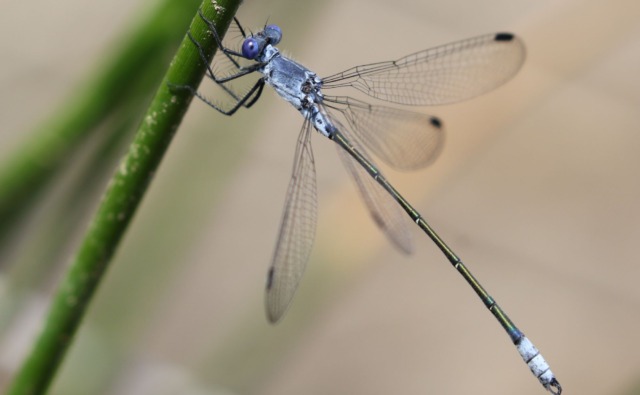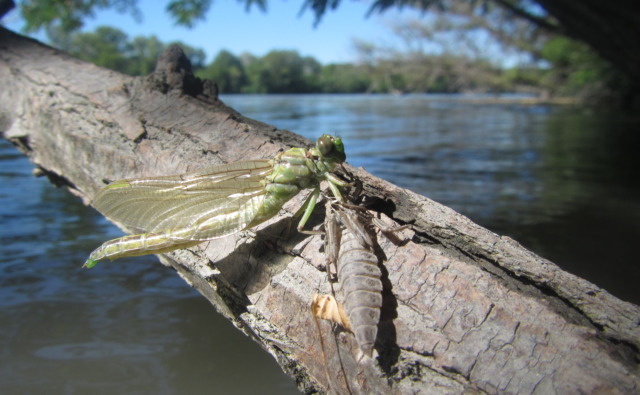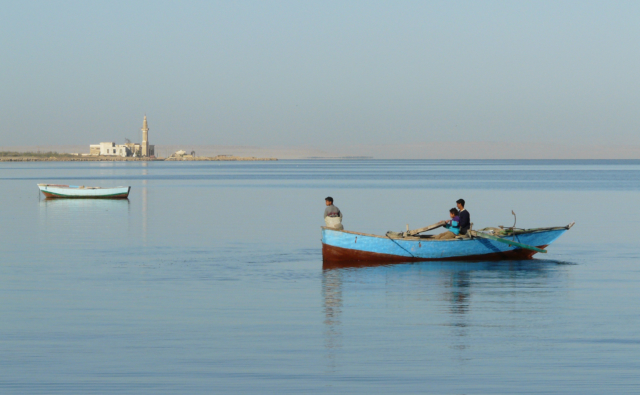Vous pouvez le retrouver sur le portail documentaire de la Tour du Valat.

Résumé :
Wetlands are among the most threatened ecosystems on the planet and pollution is a major factor causing the decline of wetland biodiversity. Despite the increasing use of pesticides, their fate and effects on freshwater reptiles remain largely unknown. We studied the European pond turtle (Emys orbicularis), a long-lived species at risk with a high exposure potential to pesticides. Between 2018 and 2020, we measured 29 pesticides and metabolites in 408 blood samples of turtles from two populations in the Camargue wetland (France). We were able to quantify 24 compounds and at least one pesticide or one degradation product in 62.5% of samples. Pesticide occurrences and concentrations were low, except for a herbicide widely used in rice cultivation and locally detected in water: bentazone that reached high blood concentrations in E. orbicularis. The occurrence and the concentration of pesticides in E. orbicularis blood depended mainly on the site and the sampling date in relation to pesticide application. Individual characteristics (sex, age, body condition) did not explain the occurrence or the concentration of pesticides found in turtle blood. Assessing the exposure of aquatic wildlife to a cocktail of currently-used pesticides is a first and crucial step before studying their effects at the individual and population levels.
Référence bibliographique: Leslie-Anne Merleau, Olivier Lourdais, Anthony Olivier, Marion Vittecoq, Gabriel Blouin-Demers, Fabrice Alliot, Louisiane Burkart, Yvann Foucault, Carole Leray, Emmanuelle Migne, Aurélie Goutte, Pesticide concentrations in a threatened freshwater turtle (Emys orbicularis): Seasonal and annual variation in the Camargue wetland, France, Environmental Pollution, Volume 341, 2024, 122903, ISSN 0269-7491, https://doi.org/10.1016/j.envpol.2023.122903.



